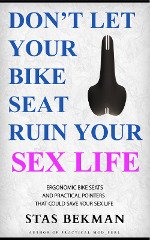3. The role of doubt in rational investigation
Description
This article is from the Rational Investigation FAQ, by Sherilyn sherilyn@sidaway.demon.co.uk.
3. The role of doubt in rational investigation
In article <3602ECB9.810E81F2@ladsoft.com>, David Lindauer
<camille@ladsoft.com> writes
...
>
> When I originally created the [alt.paranormal.moderated] I was hoping
> that the skeptics would accept the observations being made just on the
> basis of being assumed and then reason about them in a scientific
> fashion in order to shed light on whether the assumptions actually
> *might* be possible. What I got instead is that they basically argued
> with the 'veracity' of the observations instead of just accepting
> them. Since you can't do good science if you won't even accept
> observations about reality long enough to think about them
...
I'm looking through the current copy of New Scientist (Sept 19th). The
major feature, "Ghosts in the Sky" refers to a search by a Russian
cosmologist for ghost images of our own galaxy--if this guy is right,
some of the images we see through our telecopes and other instruments,
and that are catalogued as objects in their own right, could actually be
double images caused by the curvature of space. The second feature, Dig
This, is about the problems of identifying objects underground using
magnetometers and other instruments. One archeogeophycist, Ralph von
Frese of OSU, is quoted: "You don't get something back that says 'This
is an arrowhead'. You get a bunch of distortions and disturbances and
you have to sort through them to determine if you're looking at a real
target that's worthwhile digging for." The third feature is called
"Let's get emotional", and is about questioning the veracity of
commonsense assumptions and observations in economic modelling. So
there we have it: astronomers question what they see in their
telescopes, archeologists can't believe their instruments, and
economists can't believe the market. Science is like that; it's mostly
about questioning assumptions--not believing your eyes, looking beyond
appearances.
Continue to:

